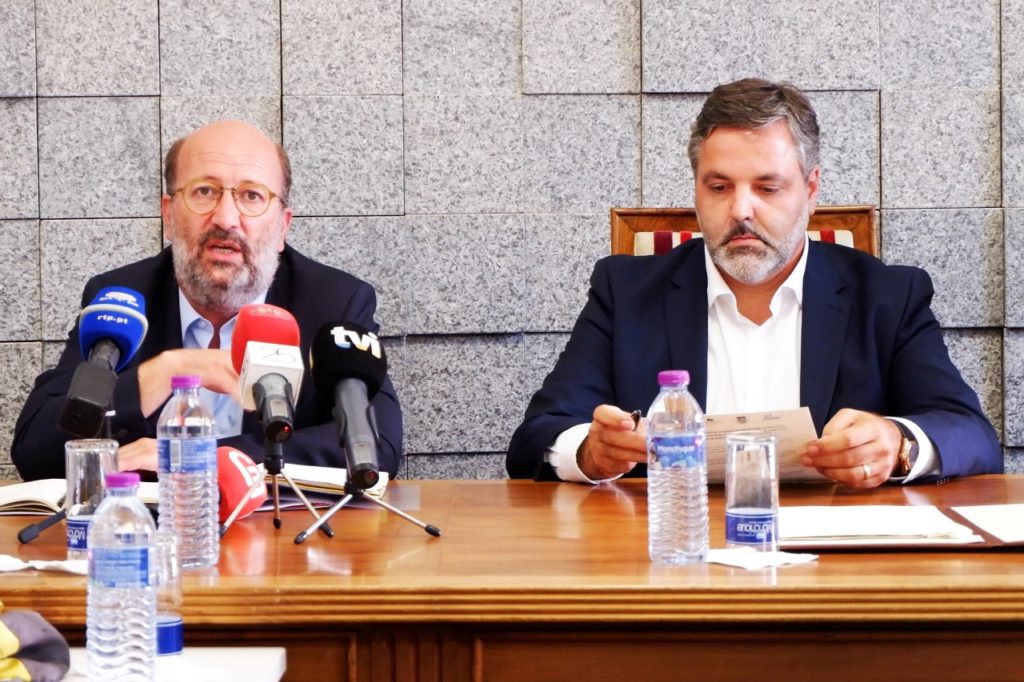The work to recover the water lines affected by the fire in Monchique "can start now", according to João Pedro Matos Fernandes, Minister of the Environment. The official, who is visiting, this Monday, the municipalities of Monchique and Silves, signed a protocol that provides for "a set of interventions budgeted, provisionally, at 1,1 million euros", financed by the Environmental Fund, to intervene in the hydrographic network.
According to Matos Fernandes, «what is at stake, in the immediate term, is to be able to start the removal of sediments and other materials that are in the river beds as a result of fires, the recovery of flow sections and hydraulic passages, so that, when waters come, they can flow freely and minimize the effects of floods and floods».
These first interventions “are already very well described and can start immediately. They have a value of 160 thousand euros».
As for the remaining interventions, which include «cutting and removing arboreal plant material and replanting all riparian vegetation», they will be carried out by the local authorities and «we are unable to have a strict value. However, with this protocol, it is clear that they can start now. These works will extend for a period of one year and the Ministry of Environment will assume financial responsibility».
When there are strict values, which should happen “within a month”, a contract will be “signed between each of the municipalities and the Environmental Fund and, immediately, half of the money provided will be made available” to the municipalities.
According to the minister, intervention is needed in 97 kilometers of hydrographic network, 71 of them in Monchique, 25 in Silves and 1 in Portimão.
The agreement signed this afternoon in Monchique City Council is welcomed by the mayor Rui André who, before meeting with the government official, considered the document "very beneficial", as it "provides guarantees to intervene in the field, so that we can do it. many of the necessary and urgent actions».
The mayor also left the wish that "in other areas the same can be done, specifically in emergency stabilization in areas close to the road network, since some areas are in danger and there is the possibility of rock collapse."



















Comments